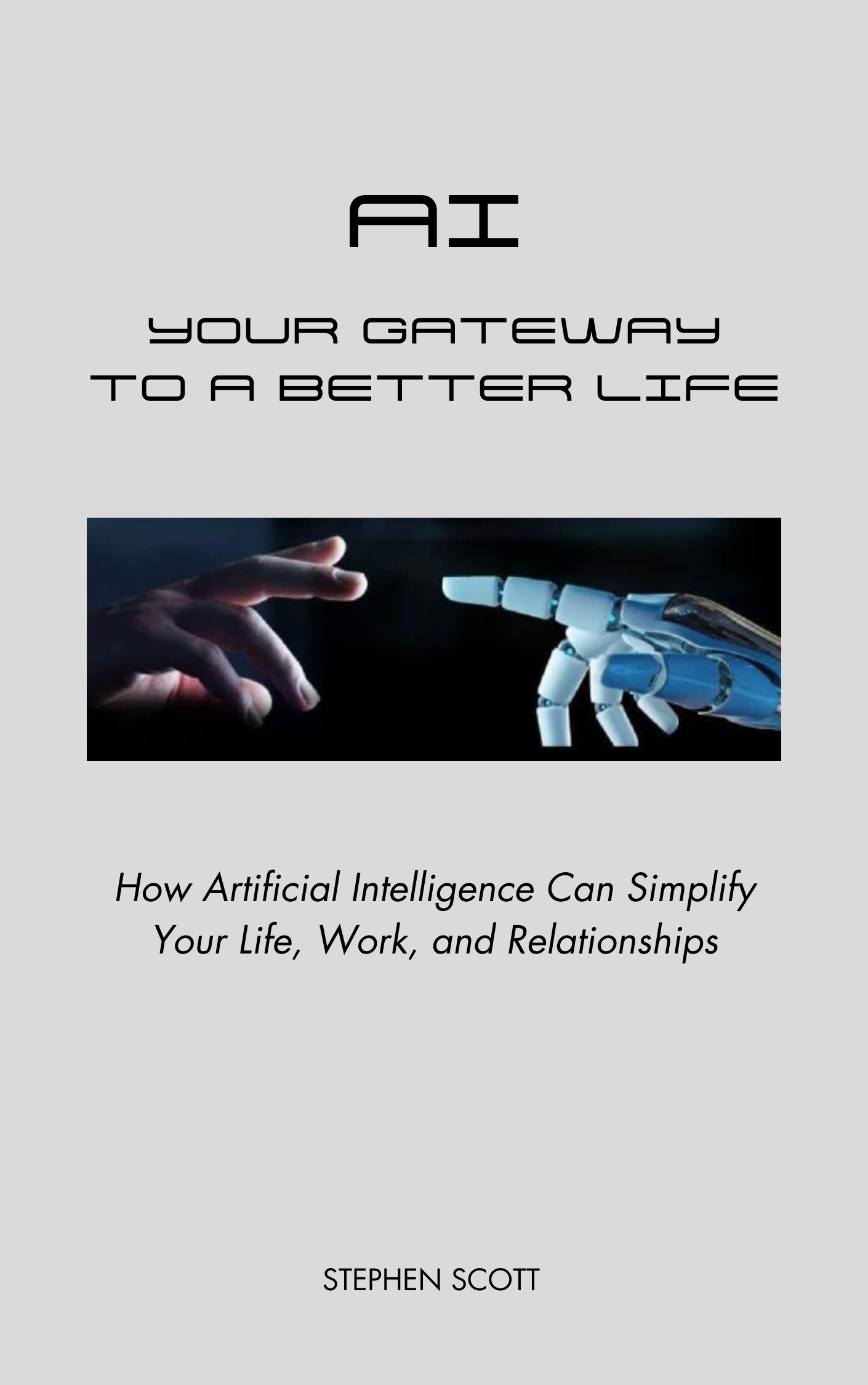In our increasingly digital world, information is at our fingertips. However, this accessibility comes with a dark side: the rise of AI-generated misinformation. From convincing deepfakes to fabricated news articles, AI technology is being weaponized to spread falsehoods at an unprecedented scale.
I’ve witnessed how easy it can be to fall for AI-generated misinformation, and I’ve learned valuable lessons along the way. In this blog, I’ll share practical tips to help you recognize and avoid these digital deceptions, empowering you to navigate the information landscape with confidence.
The Evolution of AI-Generated Misinformation
Artificial intelligence has made incredible advancements, but not all its applications are benevolent. Generative AI tools, like deepfake technology and natural language models, have made it easier than ever to create content that looks and sounds authentic but is entirely false.
Whether it’s a fake video of a public figure or a misleading news article, these creations can manipulate perceptions, incite fear, or spread propaganda.
Common Forms of AI-Generated Misinformation
1. Deepfakes
Deepfakes use AI to create realistic videos or audio clips that mimic a person’s appearance or voice. They are often used maliciously to spread false information or harm reputations.
Example: A widely circulated deepfake video showed a politician making inflammatory statements, causing public outrage. The video was later debunked, but not before it had done significant damage.
2. Fabricated News Articles
AI-powered content generators can create fake news stories that appear legitimate. These articles often use clickbait headlines to spread misinformation quickly.
Tip: Always verify the source of an article before believing or sharing it. Credible news outlets will have a track record of reliability.
3. Manipulated Images
AI tools can alter images to misrepresent events or create entirely fictional scenes. These manipulated visuals are often used to support false narratives.
Example: A doctored image showed a natural disaster occurring in a location that was unaffected, spreading unnecessary panic.
How to Recognize AI-Generated Misinformation
Identifying misinformation is critical to combating its effects. Here are some strategies to help you spot AI-generated content:
1. Check the Source
Reliable content comes from trustworthy sources. Verify the credibility of the website or author, and look for other reputable outlets reporting the same story.
Tip: If a story only appears on obscure websites or social media, it may be a red flag.
2. Analyze the Content
AI-generated misinformation often contains subtle errors or inconsistencies. Look for unusual phrasing, overly dramatic language, or contradictions within the text.
Example: Misinformation articles often include sensationalist phrases like “shocking discovery” or “you won’t believe what happened,” designed to trigger emotional reactions.
3. Reverse Image Search
When in doubt, use tools like Google Reverse Image Search to verify the authenticity of photos. This can help you determine if an image has been altered or taken out of context.
4. Verify Video Authenticity
For suspected deepfakes, look for telltale signs like unnatural blinking, mismatched audio and video, or inconsistent lighting. AI can create realistic visuals, but subtle imperfections often reveal the deception.
5. Cross-Check Information
Misinformation thrives on limited context. Cross-check the details of a story with multiple reputable sources to ensure accuracy.
Tip: Fact-checking websites like Snopes and PolitiFact are excellent resources for verifying claims.
Protecting Yourself from Misinformation
Recognizing misinformation is only part of the solution. Here’s how to protect yourself and others:
1. Think Before You Share
Before sharing content online, ask yourself: Is this information accurate? Have I verified its source? Sharing misinformation, even unintentionally, amplifies its impact.
2. Educate Yourself
Stay informed about how misinformation spreads and learn to recognize common tactics used by bad actors. The more you know, the harder it is to be deceived.
3. Use AI Tools to Fight Misinformation
Ironically, AI itself can help combat misinformation. Tools like Microsoft’s Video Authenticator and platforms like NewsGuard use AI to verify content and identify deepfakes.
Example: NewsGuard assigns credibility scores to websites, helping users distinguish between reliable and unreliable sources.
4. Stay Critical of Social Media
Social media platforms are breeding grounds for misinformation. Be skeptical of viral posts and rely on verified accounts or official sources for accurate information.
The Ethical Side of AI and Misinformation
While AI can be used maliciously, it also holds promise for addressing the misinformation crisis. Ethical AI development focuses on creating safeguards and transparency to prevent misuse.
Tip: Support platforms and initiatives that prioritize ethical AI practices and accountability.
The Future of Misinformation and AI
As AI technology evolves, so will its ability to deceive. However, advancements in AI detection tools and public awareness will play a crucial role in minimizing its impact. By staying vigilant and informed, we can navigate this landscape responsibly.
Conclusion: Stay Informed and Empowered
Misinformation is a growing challenge, but with the right tools and knowledge, we can recognize and avoid AI-generated deceptions. By verifying sources, analyzing content critically, and staying informed, we empower ourselves to make sound decisions in an age of digital complexity.
If you’re eager to explore more ways AI can enhance your life while navigating its challenges, check out my book, AI – Your Gateway to a Better Life. Available now on Amazon: https://www.amazon.com/dp/B0DRYPBD9N.

